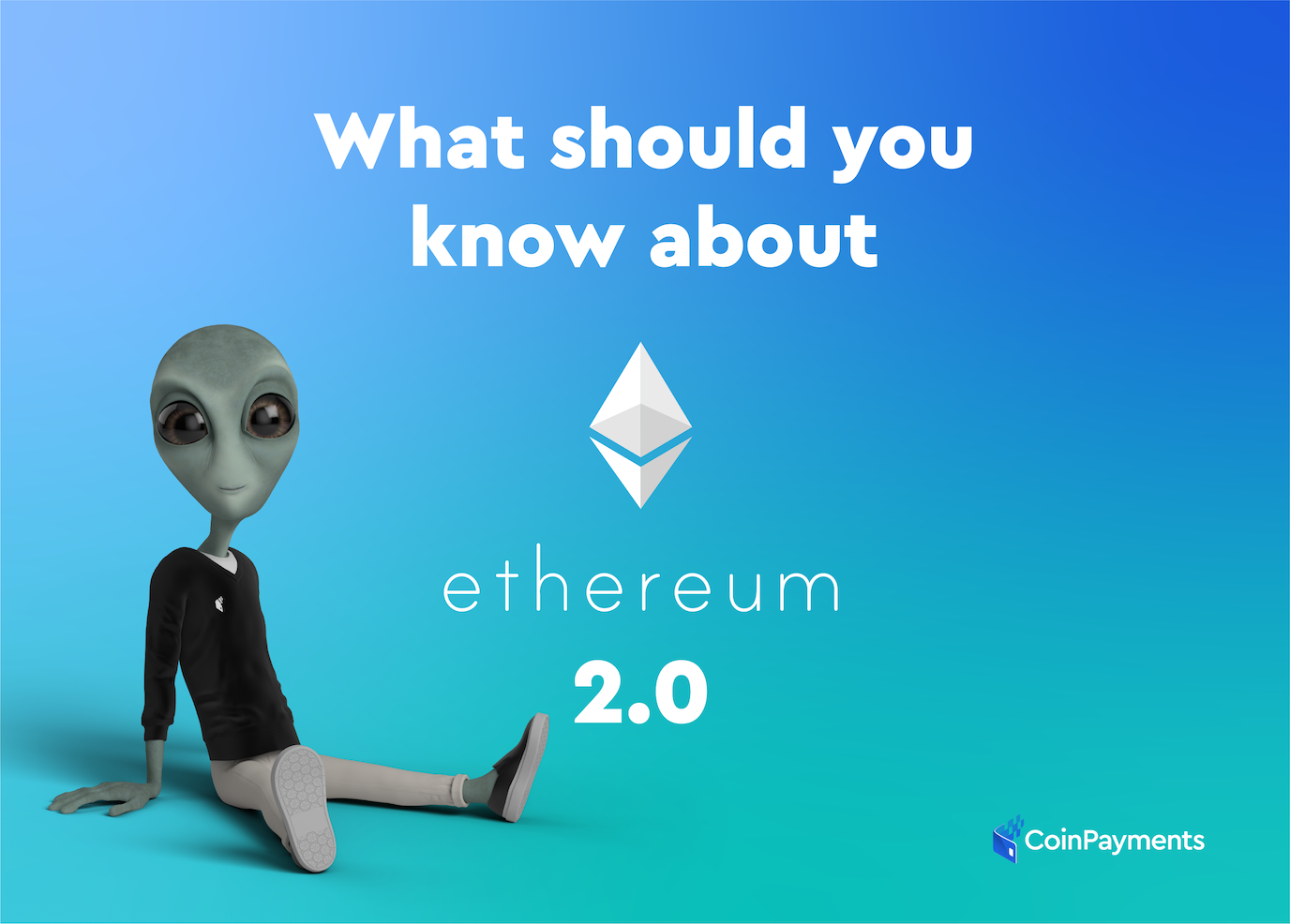
The evolution of Ethereum into Ethereum 2.0 demonstrates the rapid evolution in the crypto space and represents a watershed moment in the young history of digital currencies.
Ethereum made its debut in July of 2015, bringing a novel concept to the world of blockchain. Ethereum enabled the development of smart contracts on top of a blockchain platform, which played a significant role in the mass adoption of the technology as it simplified the process of incorporating blockchain into any existing system. Due to these provisions, Ethereum became the de facto blockchain platform for some businesses across various industries looking to harness the technology in their mundane processes.
However, for the Ethereum blockchain to be successful globally, it needs to coordinate with the transaction throughput (the number of transactions per second) of many incorporated frameworks that it is required to support.
As it currently stands, Ethereum may be a great solution, but it is far from being perfect.
The Need for an Ethereum Upgrade
One can say that the growing popularity of Ethereum resulted in the dominance of this public blockchain in the world of Decentralised Finance (DeFi). With a widely adopted native currency and its easy-to-develop smart contracts, Ethereum became the default platform for DeFi protocols. And in time, certain vulnerabilities of Ethereum and the existing framework were identified once implemented in a more sophisticated financial system.
For instance, transaction throughput, the security of smart contracts, and the scarcity of experienced developers exposed the shortcomings of Ethereum. Moreover, Ethereum experienced execution issues as it depended on a power-escalated measure, also known as the Proof of Work consensus, which approves various transactions. This existing consensus was not only resource-demanding but also greatly limited the scalability of the network.
The Advent of Ethereum 2.0
Ethereum 2.0, popularly known as ETH2 or Serenity, was created by developers from all over the Ethereum ecosystem to address these challenges and to make the blockchain platform more versatile, agile, and secure.
As explained by the co-founder of Ethereum, Vitalik Buterin, in his Devcon speech of 2018, each stage of Serenity will be released a year apart from each other and will deal with certain conditions to provide specific enhancements to the existing framework. The upgrades are guided by five design principles: Simplicity, Resilience, Longevity, Security, Decentralization.
The approach is to release the upgrade gradually, which will ensure that all these principles are at the centre of the upgrade. Adherence to these principles further ensures that Ethereum keeps its stronghold in the world of cryptocurrencies and DeFi.
The phases of this upgrade include:
Phase 0 – Beacon chain
Released on December 1, 2020, phase 0 of ETH2 aims at presenting a new opportunity for Ethereum to dominate the world of finance with its transaction speed and finality. The main implementation of phase 0 is the transition of the consensus protocol of Ethereum.
To overcome the limitations of the Proof of Work consensus, Ethereum 2.0 adopts a Proof of Stake framework. In Proof of Work, some nodes, known as miners, are required to solve a complex puzzle and the first person to solve this puzzle gets a reward. In Proof of Stake, the winner is determined on the basis of simple factors like the stake owned by the miner or the time spent on the Blockchain network. This removes the need for high computational power in solving a complex puzzle.
Phase 1- Shard block
One of the fundamental needs behind the move up from Ethereum to Ethereum 2.0 is versatility. There were only 40-45 exchanges per second possible with Ethereum, which caused postponements and frequent clogs.
However, Ethereum 2.0 can carry up to 95,000 interchanges per second, thanks to the shard chains (breaking down the blockchain into smaller separated chains). In this phase, the blockchain is separated, empowering transactions to be taken care of in parallel chains rather than successive ones, ensuring more scalability and speed. Essentially, dividing the network across multiple shards allows transactions to complete concurrently.
Following this phase, Ethereum is set to introduce shard chains that will distribute the network load across 64 new chains.
Phase 2- eWASM
The heart of the Ethereum blockchain is Ethereum Virtual Machine (EVM), the machine responsible for various tasks within the network. However, the current characteristics of the EVM needs to upgrade to accommodate advanced requirements. The new EVM, eWASM (aka Ethereum WebAssembly), provides a better environment for faster loading and efficient execution of smart contracts. It is currently planned to be released in 2021.
A phase 3 is also present in the roadmap of Ethereum, but it does not have any definite implementations yet.
——————————————————————————————————————–
As the new and upgraded phases of Ethereum get completed, more versatility and higher security are said to be introduced to the blockchain world. We just have to wait and see if this upgrade will be the start of a new era for blockchain. Although one thing is certain: a new dawn is coming for Ethereum and the cryptocurrency world.



